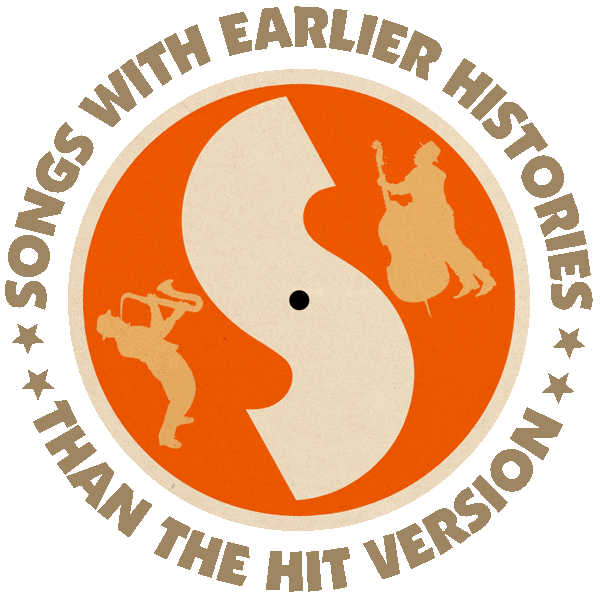First performed by Johnnie Johnston (1942).
First released by Gordon Jenkins & His Orchestra with Johnnie Johnston (1942).
Other hit versions by Judy Garland (1943), Margaret Whiting (US #10 1943), The Glenn Miller Orchestra (US #1 1943), Sammy Davis, Jr. (US #16 1955), Louis Prima & Keely Smith (US #18 1958), Bobby Rydell (US #21/CAN #13 1961).
From the wiki: “‘That Old Black Magic’ was written in 1942 by Harold Arlen (music) and Johnny Mercer (lyrics). The two wrote it for the 1942 film Star Spangled Rhythm, when it was sung by Johnnie Johnston and danced by Vera Zorina. ‘That Old Black Magic’ was nominated for the Academy Award for ‘Best Original Song’ in 1943 but lost out to ‘You’ll Never Know’ (from the movie Hello, Frisco, Hello).

